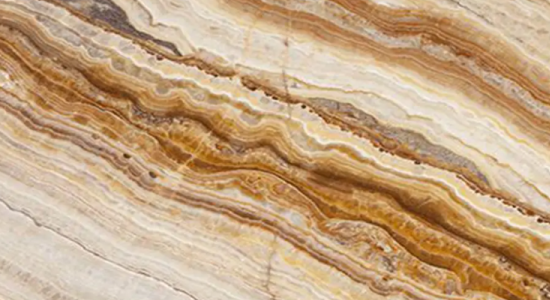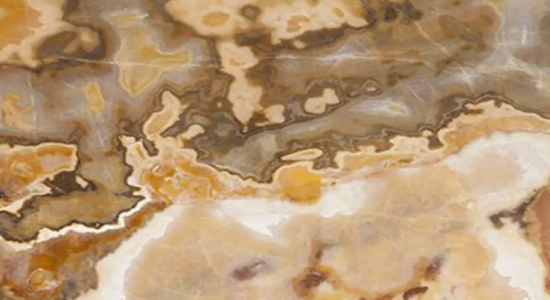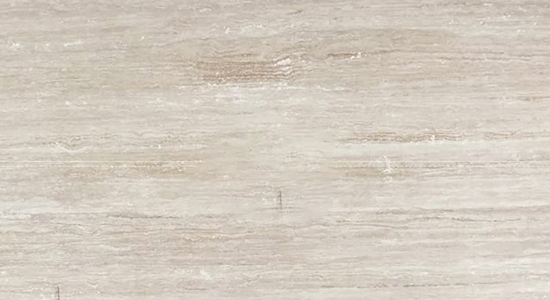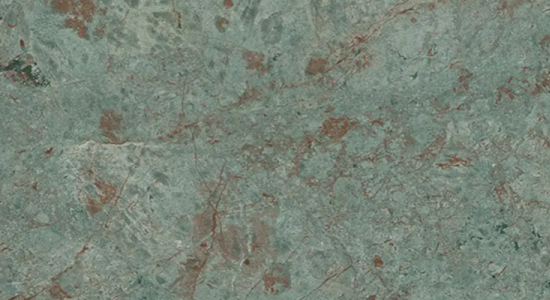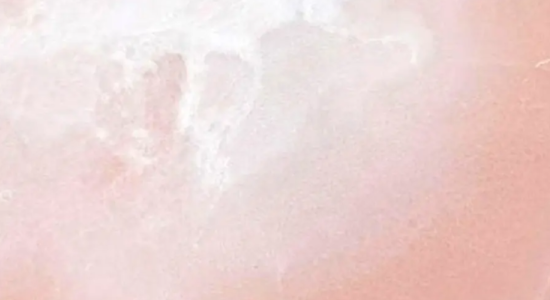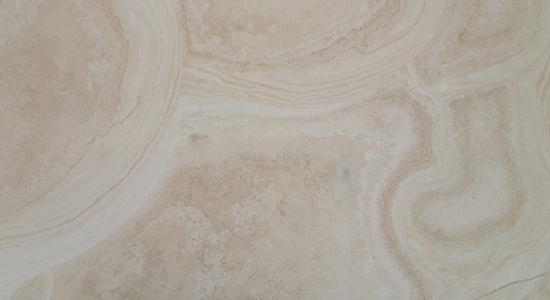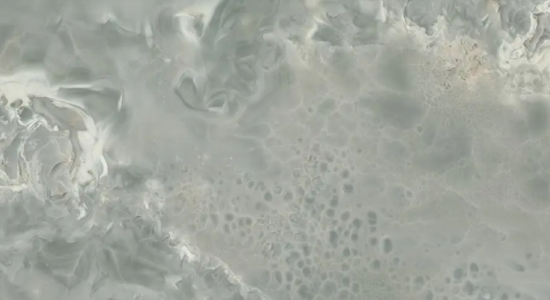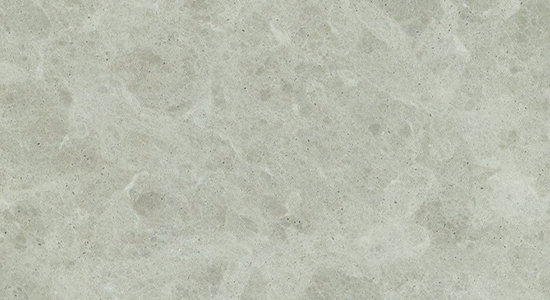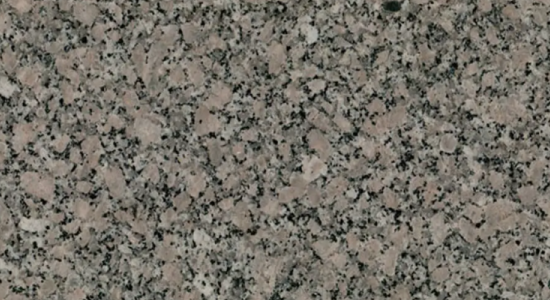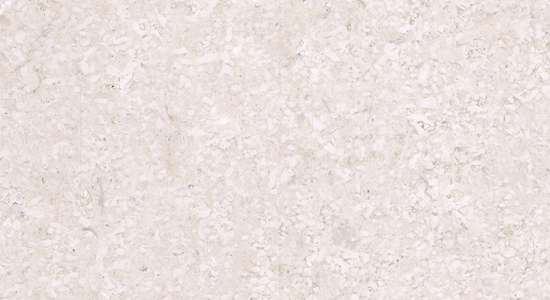Limestone is a sedimentary rock primarily composed of calcium carbonate (CaCO₃), usually in the form of the mineral calcite. It forms predominantly in marine environments through the accumulation of shell, coral, algal, and fecal debris, or by direct chemical precipitation from water. Limestone has distinct characteristics and properties compared to marble or onyx.
Limestone is generally found in neutral tones such as white, beige, grey, or cream, but it can also contain hints of other colors depending on the impurities present, such as iron oxide (which can give reddish or yellowish hues). These variations in color and texture contribute to its natural beauty and wide use in architecture and construction.
The physical properties of limestone include a relatively low hardness, typically around 3 to 4 on the Mohs scale, and a density ranging from 2.3 to 2.7 grams per cubic centimeter. It has a fine to coarse-grained texture and is often more porous than marble or onyx, making it more susceptible to weathering and staining.
Chemically, limestone is highly reactive with acids due to its calcium carbonate content. It dissolves readily in acidic conditions, which is why it requires sealing and maintenance, especially when used in kitchen countertops or exterior surfaces exposed to acid rain.

